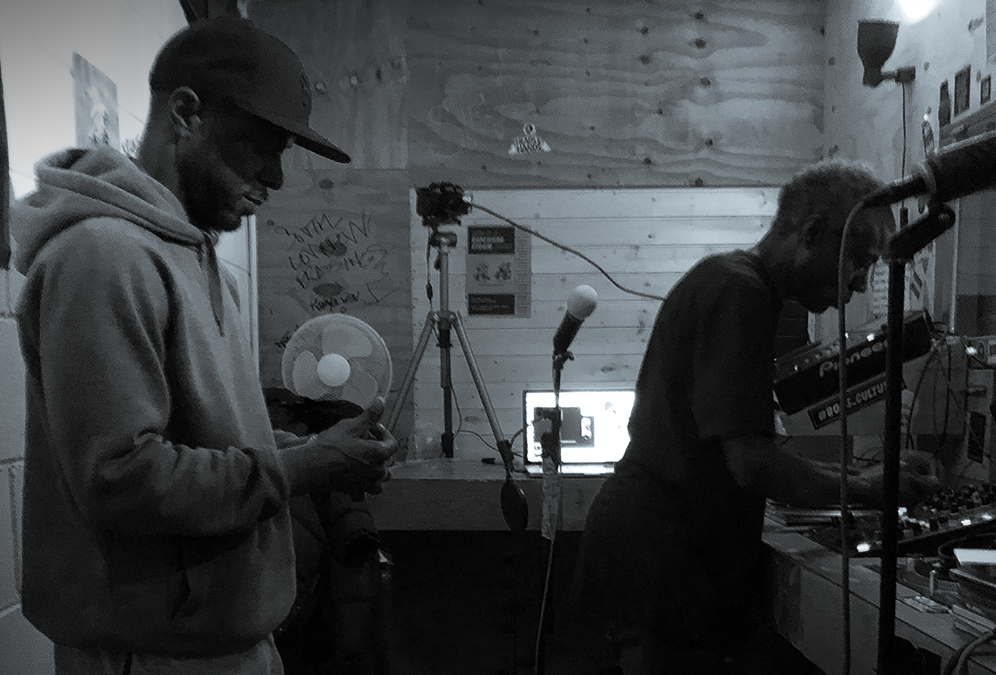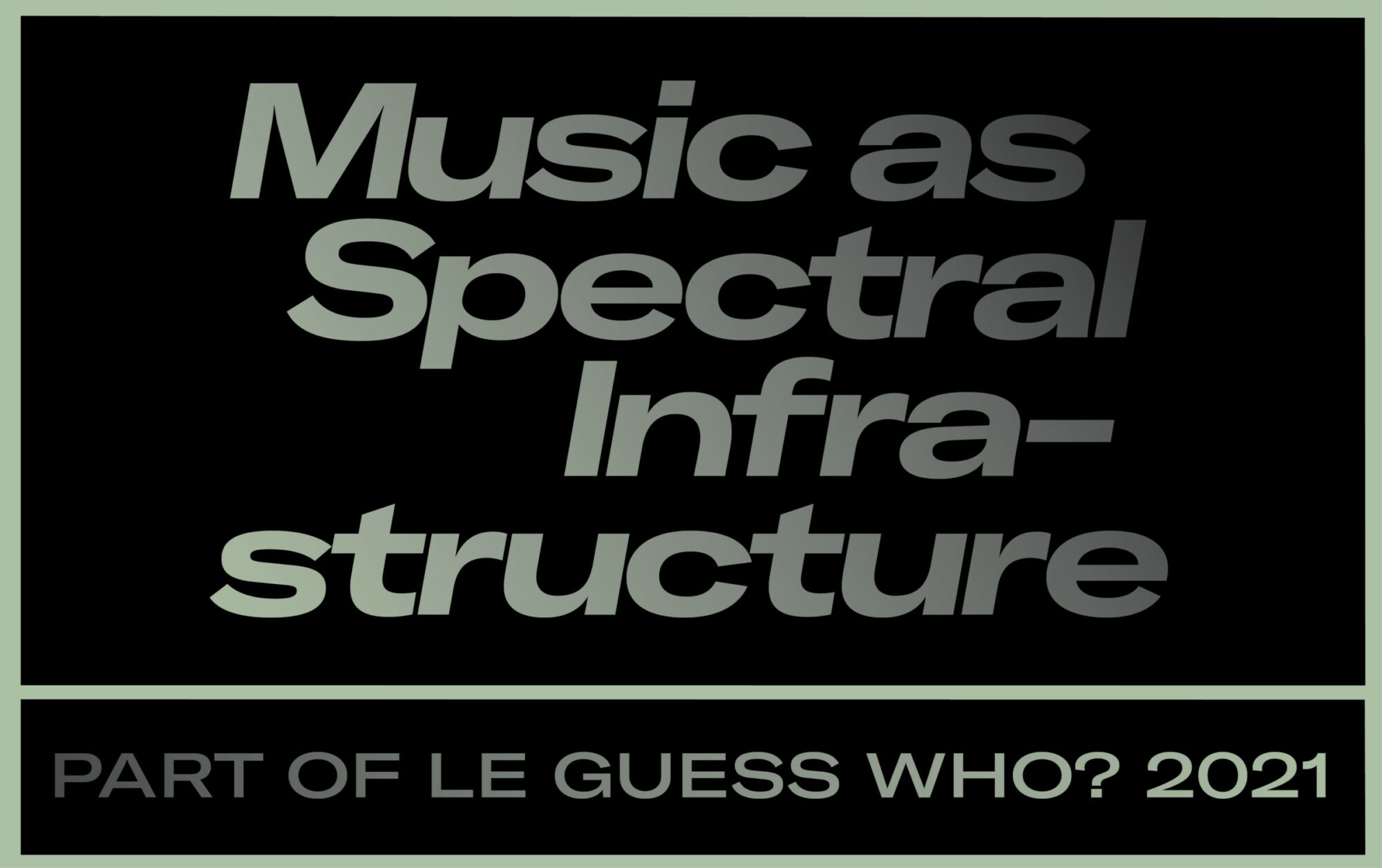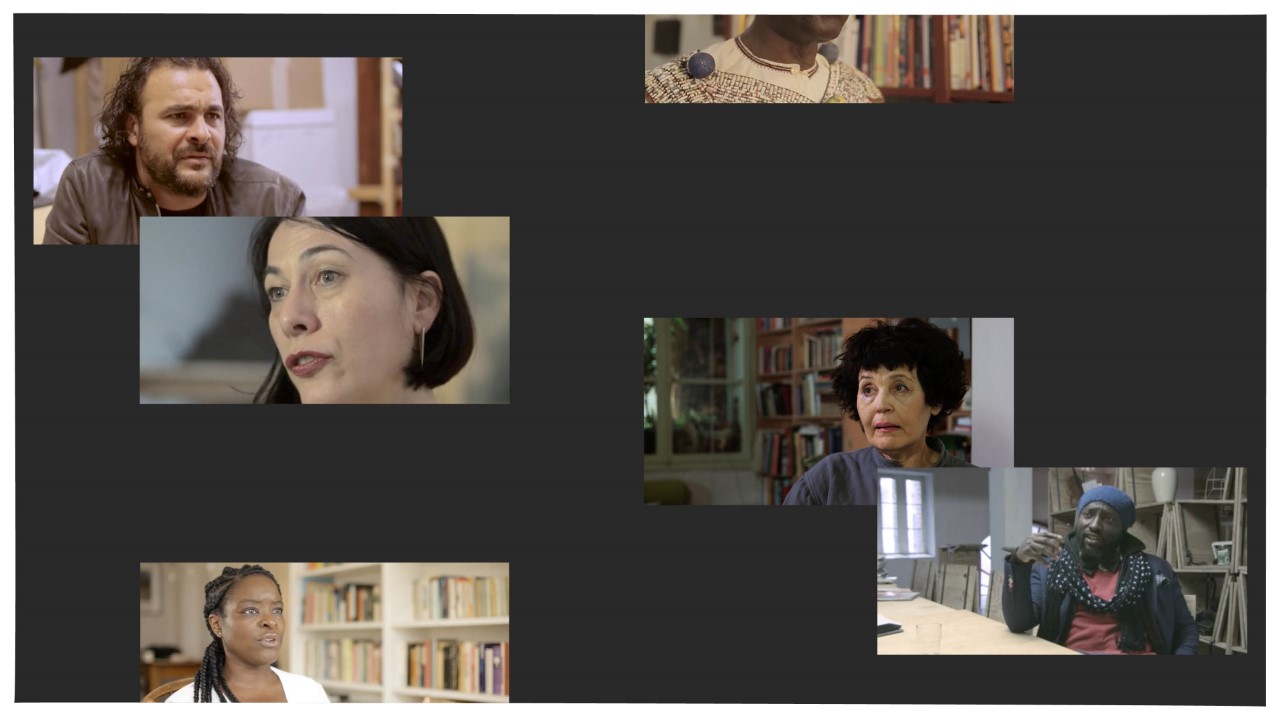Spectral Infrastructure

Hugo Glendinning and Adrian Heathfield, Spirit Labour, 2016. Film still of Anna Halprin’s dance deck at Mountain Home Studio, Kentfield, California. Photo Hugo Glendinning, courtesy the artist.
“Spectral Infrastructure” is a long-term research trajectory convened by BAK, basis voor actuele kunst, Utrecht and freethought collective, unfolding through a multifaceted series of collective study, research, and public programs.
Conventionally understood as the operative substrate of contemporary global life, “infrastructure” invokes systems such as physical networks for transportation and communications, the organization of waste and utilities, resource flows, digital management, and capital movements. Moving away from these material associations, the notion of “spectral infrastructure” grows from previous research by freethought on infrastructures—such as Bergen Assembly, 2016—toward the ghostly, affective, and fugitive intensities that undergird both infrastructural and quotidian life. The term alludes to what freethought calls the “hidden and invisible textures that sustain an undefinable and disruptive quality in an otherwise efficient seeming organism,” or in other cases, “the ephemeral glue that holds things together in affective modality.” Spectral infrastructures by nature elude stable definitions but act as fleeting re-compositions and hauntings of dominant historical narratives and structures. By so doing, they allow for the warding off of the regimes of capture deployed by contemporary governmentality and governance. The research conjures the invisible, inaudible, and illegible through textures, rhythms, atmospheres, invocations, gestures, vernaculars, and affects—elements that escape traditional forms of tracking or measurement, calling instead for experimental forms of mapping, sensing, and tracing. Preliminary fields of inquiry for this research include spectral labor, the chronopolitics of fugitivity and endurance, sediments and residues of social urban radicality, and the realm of the unarchivable.
From within their own research practice that unfolds through public study and public research around the notion of spectral infrastructure, freethought holds regular seminars, screenings, and conversations in the post-academic program BAK Fellowship for Situated Practice (September 2021–June 2022): a new constellation of dispersed yet interconnected cells that collaborate across distance from the Netherlands, Indonesia, Turkey, and online.
A number of Fellowship Gatherings will be held in public, building upon the inaugural As For Protocols —To Hold Things Together symposium, convened and curated by BAK and presented at the Vera List Center for Art and Politics, New York (May 20–21, 2021). Similarly, the “Spectral Infrastructure” trajectory will intermittently surface into the public sphere through public programs, offering concrete perspectives into the complex breadth of their research-as-practice. This includes the online exhibition An Anecdoted Archive of Exhibitions Lives (September 2021–ongoing) and other collaborations.
Building on all these expressions and articulations of the investigation, a culminative strand of the “Spectral Infrastructure” trajectory includes a series of writing residencies and a public editorial summit at BAK in 2022, as well as a publication in 2024.
The freethought collective consists of practitioners, researchers, writers, and lecturers Stefano Harney, Adrian Heathfield, Massimiliano Mollona, Louis Moreno, Irit Rogoff, and Nora Sternfeld.
To learn more on “Spectral Infrastructure” and freethought collective, watch the following video conversation between freethought members Massimiliano Mao Mollona and Irit Rogoff on YouTube, recorded on 26 April 2021.






